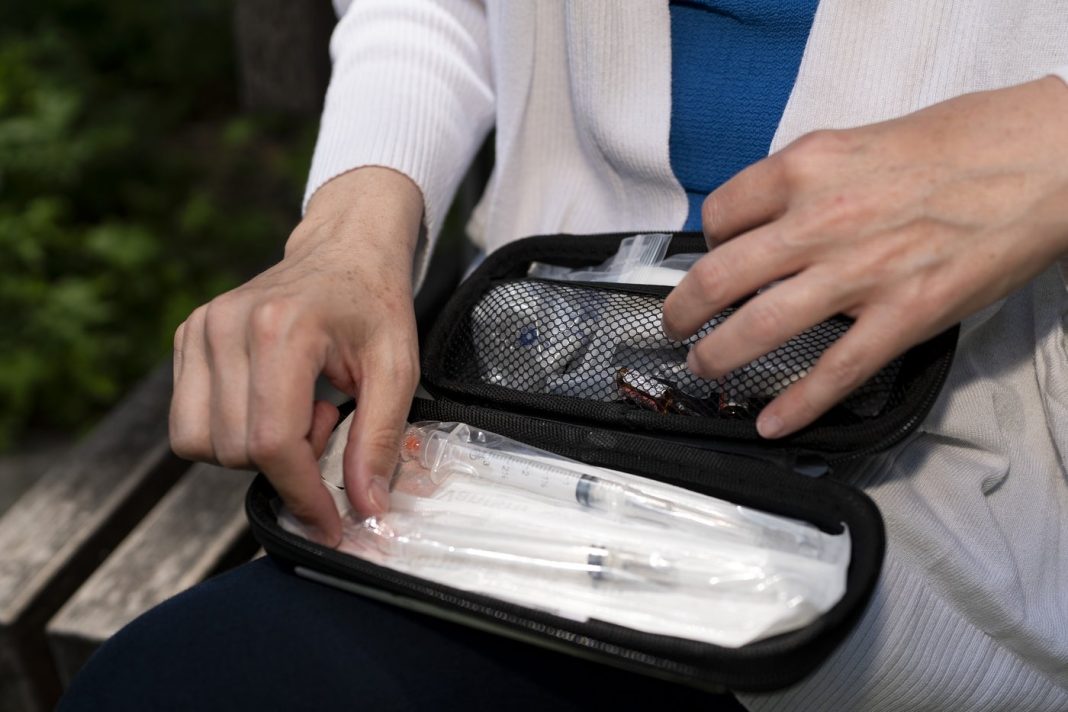A coroner’s jury in British Columbia has recommended high schools provide resuscitation training and demonstrations of how to use naloxone after ruling that the overdose death of a University of Victoria student last year was accidental.
The inquest found 18-year-old Sidney McIntyre-Starko died of brain injuries caused by a lack of oxygen after fentanyl use.
The jury made 10 recommendations in its findings Thursday, including the training of high school students and that the University of Victoria create mandatory orientation for first-year students on how to obtain and administer naloxone to reverse an opioid overdose.
The jury said the orientation should also give students information on safe drug testing locations, as well as the fact that “there will be no repercussions for requesting testing.”
Other recommendations to provincial ministries include that campus security at all post-secondary institutions be provided with naloxone, supplementary oxygen and an automated external defibrillator.
McIntyre-Starko used street drugs laced with fentanyl with two other students in a university residence in January 2024, and a report last month found she could have been saved had she received naloxone or respiratory support.
University of Victoria president Kevin Hall said in a statement Thursday that the school “will take time to consider the findings of the inquest” for how it will inform its approach to overdose prevention and harm reduction.
“Colleges and universities throughout British Columbia need to collaborate to protect their communities from harmful substances,” Hall stated.
“The University of Victoria takes its role in this seriously. We remain committed to learning from this tragedy and taking the steps necessary to foster a safe and supportive environment for everyone at UVic.”
Hall also urged students, staff and faculty to review the university’s existing resources aimed at harm reduction and the toxic drug crisis.
The report examining McIntyre-Starko’s death, published in April by ex-Abbotsford, B.C., police chief Bob Rich, revealed that the teenager collapsed and experienced a seizure following drug use.
The report found she did not receive the help she needed for 15 minutes, partially because one of the students with her insisted they had not taken drugs.
It also found that campus security guards did not check the teen for signs of overdose.
The report said at the time that “the only way forward is to look hard at what happened and learn by putting in place more training, rigorous processes, and safeguards so this tragedy is not repeated.”
Another person from the group of three students that included McIntyre-Starko also collapsed during the incident, but she survived after being given naloxone.
McIntyre-Starko was ultimately administered naloxone and subsequently transported to the hospital. She was put on life support less than an hour after admission but unfortunately passed away later.
The report also indicated that the school believed protective measures were established because security personnel possessed naloxone and had received training on how to use it. However, what transpired that day demonstrates that these preventative steps “fell short of the necessary requirements,” as stated in the document.
The report from The Canadian Press was initially released on May 15, 2025.
Chuck Chiang from The Canadian Press






